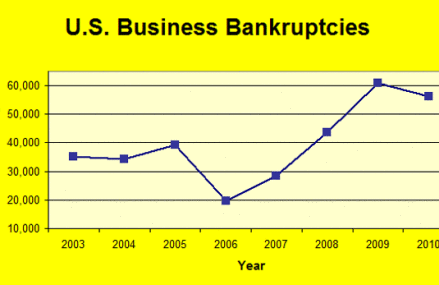The key to reducing your mortgage payment is a lower interest rate, either through a refinance or loan modification. Since the beginning of September mortgage interest rates have been under 5%. Today the US Federal Reserve Bank’s Open Market Committee announced that due to softness in the economy it will keep interest rates low for an “extended period.” It plans to do so by keeping its overnight Federal funds rate for bank to bank lending between zero and 0.25% while buying $1.25 trillion of agency mortgage backed securities, MBS, at least until the end of March. The Fed’s Open Market Committee pledged continuous evaluation of the timing and amount of its securities purchases as the economy continues to improve. It pledges to gradually slow the purchase of MBS, so that mortgage rates are minimally disrupted when the bank pulls out of the market. The action was supported by Chairman Ben S. Bernanke and a unanimous vote of the board.
Since September the mortgage interest rate has averaged under 5%. When the Fed stops buying MBS, some analysts predict the mortgage rate to zoom up to 6-7%, so if you can do so, now is a perfect time to refinance your home or buy a new one, to take advantage of lower interest rates.
Today the Fed acknowledged that economy activity has increased but that financial conditions were largely unchanged since its last meeting in September. Household spending is expanding, while remaining hampered by increasing unemployment, listless income growth, lowered home equity and tightened credit. Businesses are trying to increase productivity by slicing staff and investing. These conditions mean that the risk of inflation remains low. Although its description the economy is dour, it is no longer dire. The Fed does expect that the stimulus package will ultimately strengthen economic growth.
The Federal Reserve Bank is the central bank of the United States. There is no provision in the US Constitution for a national bank. The first one was established by Congress as the Bank of the United States in 1791 at the urging of Treasury Secretary Alexander Hamilton. Back then there were dozens of different currencies in circulation, issued by individual banks and states. The central bank was founded to provide financial order, but was disbanded in 1811 because it was accused of trying to establish a “money monopoly” that favored commercial over agricultural interests. The vote to reauthorize failed in the House by a single vote.
A second Bank of the United States was authorized in 1816 after financing the war of 1812 had proved difficult without a central US Bank. This one lasted until populist Andrew Jackson vetoed its charter renewal in 1832. By 1836 more than 1600 state chartered private banks were issuing their own paper money.
The US was without central banking until 1846 established an independent US Treasury to manage government revenue, which was intended to stand outside the country’s banking system. Pressed to finance the Civil War, the US Treasury issued paper money for the first time in 1861 although it took until 1877 for the Treasury to start printing all US bills.
Leslie Shaw, Treasury Secretary from 1902-1907, tried to use Treasury funds to expand and contract the US money supply to regulate the economy, but the result was ultimately the end of his term in the bank panic of 1907.
The Federal Reserve Bank was created in 1913 to stabilize and integrate the US banking system. It’s an independent government entity geared to influence monetary and credit policy in pursuit of maximizing employment, stabilizing prices and moderating long term interest rates. It is considered independent because although its seven member Board of Governors is appointed by the President and confirmed by the Senate, it makes its decisions without Congressional or Presidential approval. The Fed supervises the nation’s banks to ensure their safety and stability while protecting consumer rights and containing systemic risks in financial markets. The Fed is expected to play a key role in whichever financial reform bill ultimately emerges from Congress.

